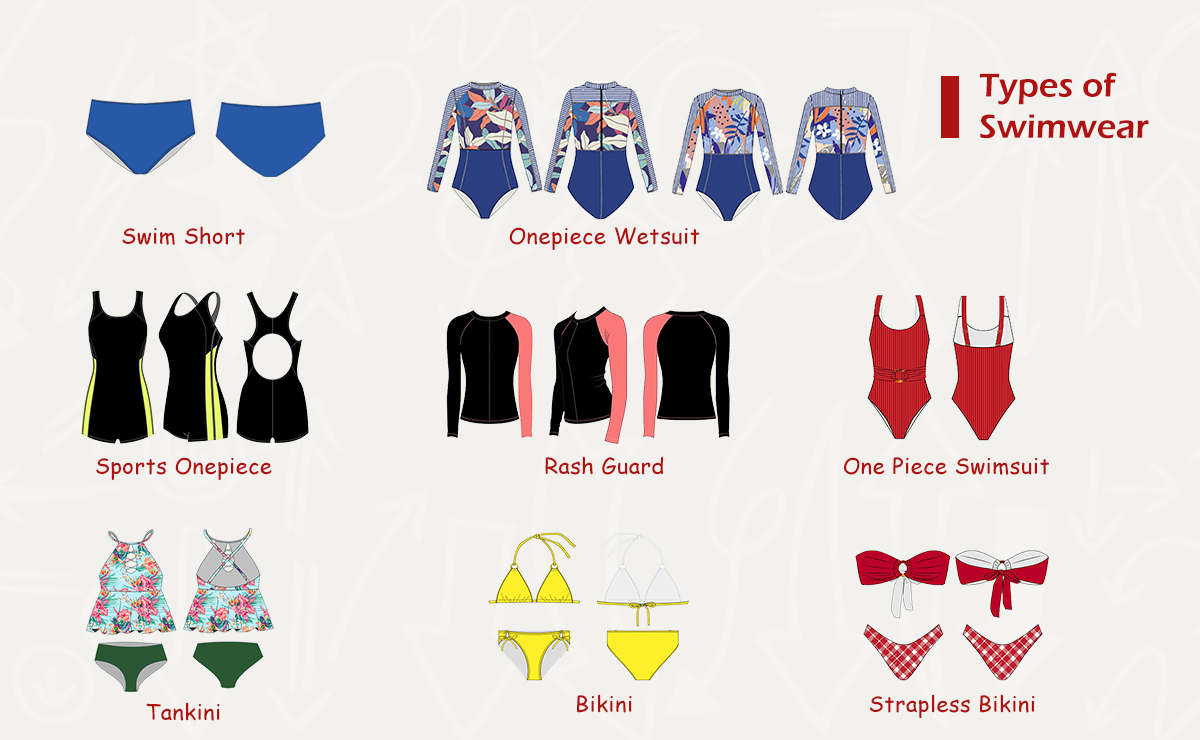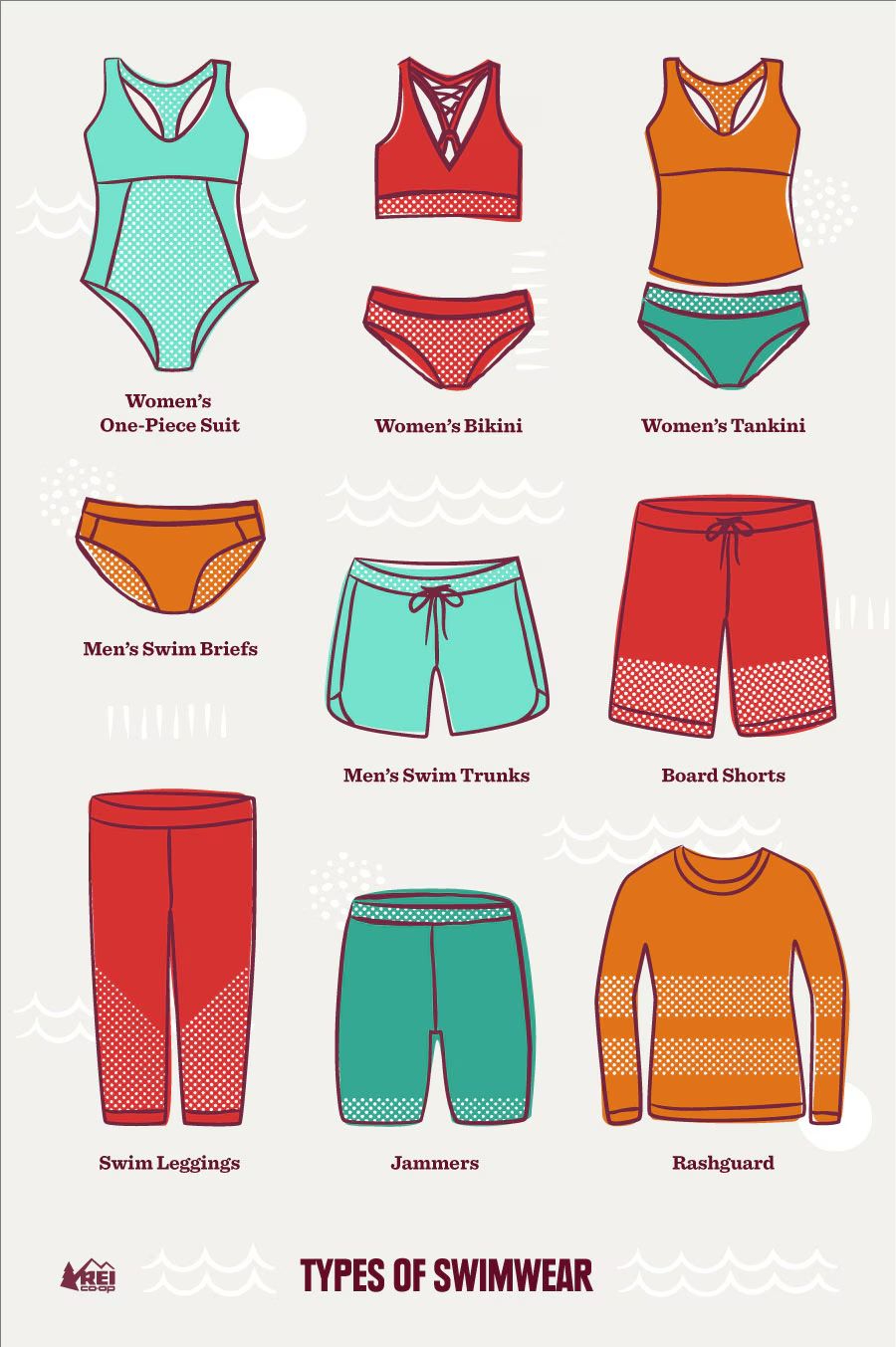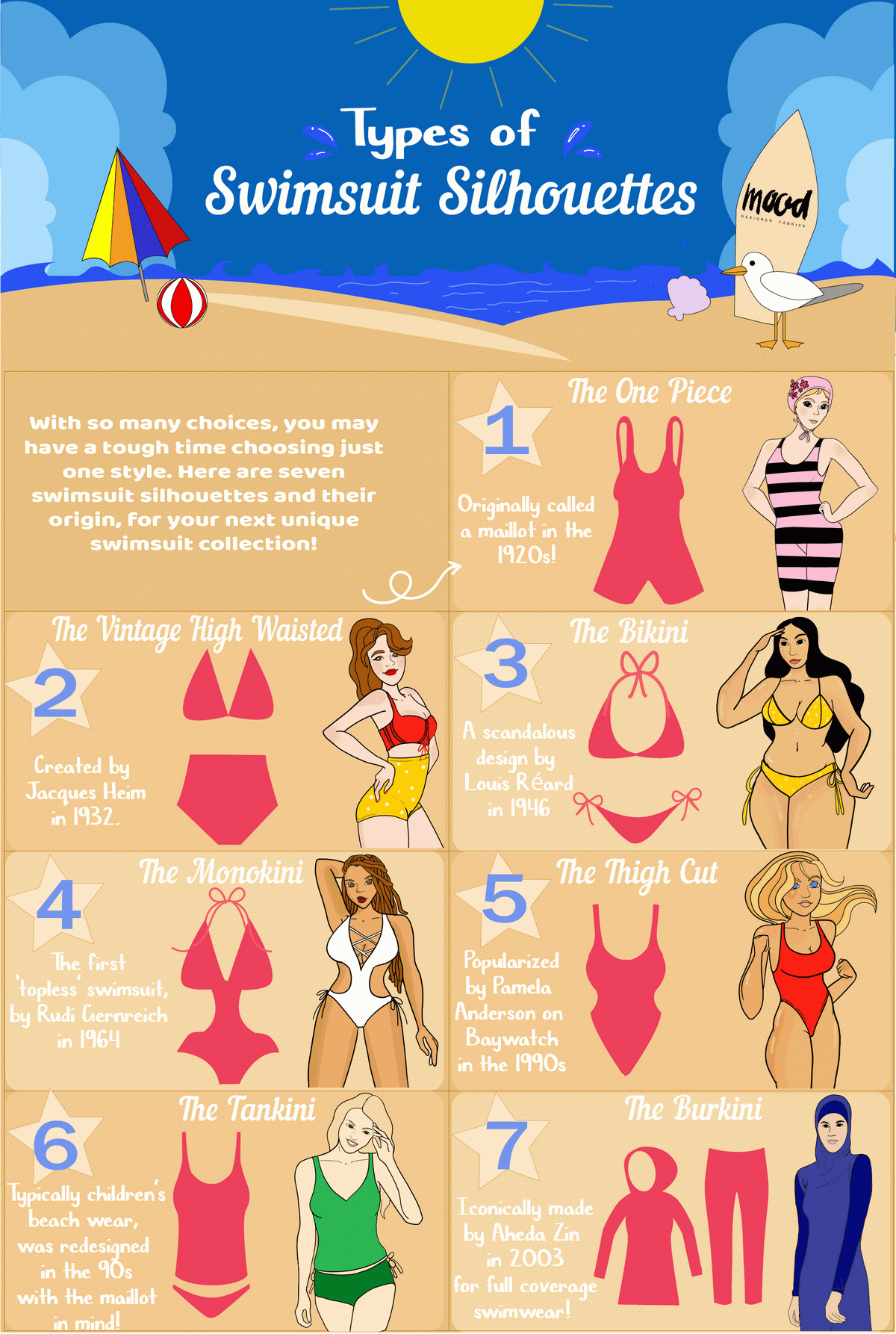Content Menu
● Key Characteristics of Swimwear
● Types of Swimwear
>> One-Piece Swimsuits
>> Two-Piece Swimsuits
● Innovations in Swimwear Fabric
>> Eco-Friendly Swimwear
● Fashion Trends in Swimwear
>> Athleisure Influence
● Choosing the Right Swimwear
● Care Tips for Swimwear
>> Storage Tips
● Cultural Significance of Swimwear
● Conclusion
● Related Questions & Answers
>> 1. What materials are best for swimwear?
>> 2. How do I choose a swimsuit for my body type?
>> 3. Can I wear my swimsuit in chlorinated pools?
>> 4. What is the difference between a bikini and a tankini?
>> 5. How often should I replace my swimwear?
● Citations:
Swimwear is more than just a functional garment; it represents a blend of fashion, comfort, and performance. Understanding the characteristics of swimwear can help individuals choose the right suit for their needs, whether for leisure, sports, or fashion. This article delves into the essential features of swimwear, the types available, and the latest trends in swimwear fashion.

Key Characteristics of Swimwear
Swimwear is designed to withstand various conditions while providing comfort and style. Here are some of the primary characteristics that define quality swimwear:
- Durability: Swimwear must endure harsh environments, including saltwater, chlorine from pools, and exposure to sunlight. The fabric should resist degradation and maintain its integrity over time.
- Quick Drying: Nobody enjoys wearing a wet swimsuit for long periods. High-quality swimwear is made from materials that dry quickly after swimming, preventing discomfort and chills.
- Stretchability: Swimwear needs to fit snugly against the body without restricting movement. Fabrics with 4-way stretch capabilities allow for flexibility in all directions, ensuring comfort during activities.
- Shape Retention: A good swimsuit maintains its shape when wet. Fabrics that hold their form prevent sagging or losing fit after swimming.
- Elastic Recovery: Swimwear should return to its original shape after being stretched. A minimum of 8% elastane content is recommended for optimal elastic recovery.
- Compression Fit: Some swimwear offers a compression fit that supports the body's curves and enhances performance in competitive swimming.
Types of Swimwear
Swimwear comes in various styles to cater to different preferences and body types. Here are some common types:
One-Piece Swimsuits
One-piece swimsuits have seen a resurgence in popularity due to their versatility and flattering silhouettes. They are suitable for various activities, from lounging by the pool to engaging in water sports.
- Classic One-Piece: Offers coverage and support, making it ideal for many body types.
- High-Neck One-Piece: Provides additional coverage and is great for active water sports.
- Plunging Neckline One-Piece: A stylish option for those looking to make a fashion statement at poolside gatherings.
Two-Piece Swimsuits
Two-piece swimsuits, commonly known as bikinis, allow for mixing and matching styles while offering minimal tan lines.
- Triangle Bikini: Features minimal coverage with triangular-shaped cups.
- Halter Bikini: Ties around the neck for added support.
- High-Waisted Bikini: Offers retro charm with more coverage around the midsection.

Innovations in Swimwear Fabric
Modern swimwear fabric technology has evolved significantly. Today's swimsuits are typically made from synthetic fibers rather than natural materials like cotton or wool. This shift is due to several reasons:
- Water Resistance: Synthetic fabrics repel water better than natural fibers, which tend to absorb it.
- Durability Against Elements: Synthetics withstand chlorine and saltwater better, maintaining their color and elasticity longer.
- Comfort and Fit: Innovations in fabric technology have led to lighter materials that provide better breathability and comfort during wear.
Eco-Friendly Swimwear
With increasing awareness about environmental issues, eco-friendly swimwear has gained popularity. Brands are now producing swimsuits made from recycled materials such as discarded fishing nets and plastic bottles. These sustainable options not only reduce waste but also offer similar performance features as traditional swimwear.
Fashion Trends in Swimwear
Swimwear fashion is constantly evolving. Here are some current trends shaping the industry:
- Bold Prints and Patterns: Vibrant designs featuring florals, geometric shapes, and animal prints are popular among both casual beachgoers and competitive swimmers.
- Cutouts and Mesh Inserts: These designs add a modern twist to traditional swimwear while maintaining functionality.
- Retro-Inspired Styles: High-waisted bikinis and polka dot patterns evoke nostalgia while offering contemporary appeal.
Athleisure Influence
The rise of athleisure—a trend where athletic wear is worn in non-athletic settings—has influenced swimwear design. Many brands are now creating swimsuits that double as fashionable outfits suitable for beach parties or casual outings. This versatility allows wearers to transition seamlessly from water activities to social events without needing a change of clothes.
Choosing the Right Swimwear
When selecting swimwear, consider the following factors:
1. Body Shape: Different styles flatter different body types. For example:
- Hourglass figures may prefer belted one-pieces or high-waisted bikinis.
- Pear-shaped bodies might opt for halter tops with high-cut bottoms to draw attention upwards.
- Athletic builds could benefit from ruffled tops or skirts that add curves.
2. Activity Level: Choose swimwear based on how active you plan to be:
- For competitive swimming, opt for streamlined one-pieces with compression fits.
- For leisure activities, consider stylish bikinis or tankinis that offer comfort without sacrificing style.
- If engaging in water sports like surfing or paddleboarding, look for suits with additional support features such as thicker straps or built-in bras.
3. Personal Style: Your swimwear should reflect your personality. Whether you prefer bold prints or classic designs, there's a suit out there that matches your taste.
4. Size Inclusivity: Many brands now offer size-inclusive options catering to a broader range of body shapes and sizes. Look for brands that celebrate diversity in their marketing campaigns as well as their product offerings.

Care Tips for Swimwear
To prolong the life of your swimwear:
- Rinse immediately after use to remove chlorine or saltwater.
- Hand wash with mild detergent instead of machine washing.
- Avoid wringing out your swimsuit; instead, lay it flat to dry away from direct sunlight.
Storage Tips
Proper storage can also extend the lifespan of your swimwear:
- Store swimsuits flat rather than hanging them up to prevent stretching.
- Keep them away from direct sunlight when not in use to avoid fading colors.
- Consider using mesh bags for storage; they allow air circulation while protecting against dust accumulation.
Cultural Significance of Swimwear
Swimwear also carries cultural significance across different societies. In many cultures, swimsuits symbolize freedom and leisure but can also be a source of controversy regarding modesty norms.
For instance:
- In Western cultures, bikinis are often seen as a symbol of empowerment and body positivity, encouraging women to embrace their bodies regardless of societal standards.
- Conversely, in some conservative cultures, swimwear choices may be limited by religious beliefs or social norms regarding modesty.
Understanding these cultural contexts can enhance appreciation for diverse swimwear styles worldwide while promoting inclusivity in fashion discussions.
Conclusion
Swimwear serves multiple purposes—functional, fashionable, and often both. By understanding its characteristics and current trends, individuals can make informed choices that enhance their swimming experience while expressing their personal style. Whether you're lounging at the beach or competing in a race, there's a perfect swimsuit out there for everyone.
Related Questions & Answers
1. What materials are best for swimwear?
- Synthetic fabrics like nylon and polyester are preferred due to their durability and quick-drying properties.
2. How do I choose a swimsuit for my body type?
- Consider styles that highlight your best features; hourglass figures may opt for belted suits while pear shapes might choose halter tops.
3. Can I wear my swimsuit in chlorinated pools?
- Yes, but it's essential to rinse it afterward to prevent damage from chlorine.
4. What is the difference between a bikini and a tankini?
- A bikini consists of two separate pieces (top and bottom), while a tankini features a longer top that covers part of the stomach but still offers two pieces.
5. How often should I replace my swimwear?
- Ideally every season or after extensive use; signs include fading color or loss of elasticity.
Citations:
[1] https://www.fabricsight.com/blogs/posts/all-about-swimwear-fabrics
[2] https://www.swimoutlet.com/blogs/guides/types-of-swimsuits
[3] https://seamapparel.com/blog/types-of-swimsuits/
[4] https://showupandplaysports.com/Blog_What_are_the_characteristics_of_the_best_swim_suits
[5] https://www.nordstrom.com/browse/content/blog/types-of-swimsuits




































